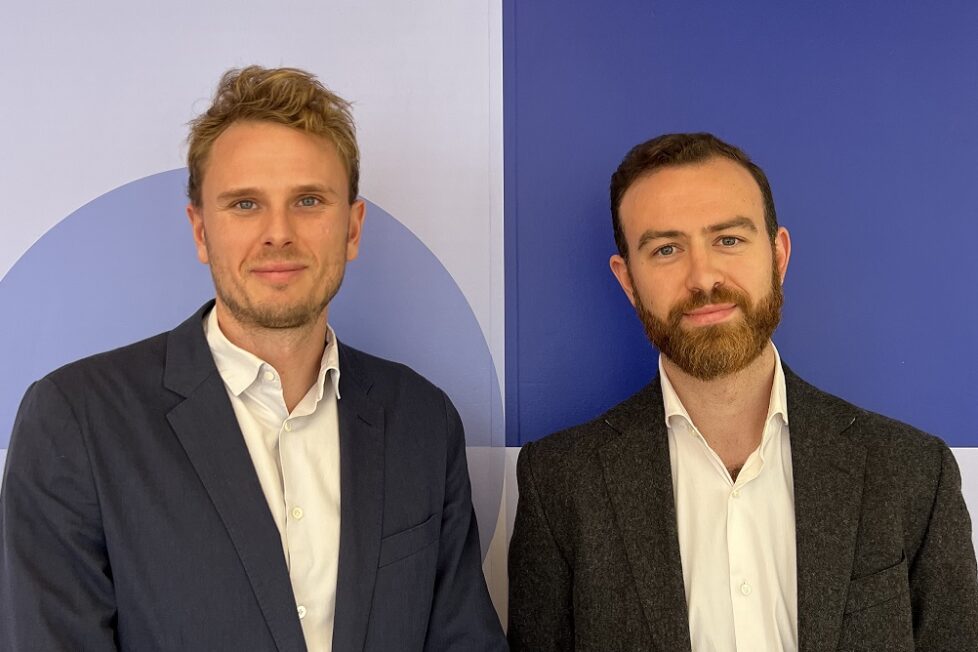BeZero Launches Carbon Credit Portfolio Construction Solution

London-based carbon credit ratings startup BeZero Carbon announced today the launch of a new carbon credit portfolio construction tool, aimed at enabling carbon credit buyers to develop credible net zero strategies, and to understand risk across their carbon credit portfolios.
Founded in 2020, BeZero is a ratings agency for carbon markets, providing carbon ratings, research and data products, backed by a team of climate scientists, earth observation specialists, data scientists and financial analysts. The launch follows a $50 million capital raise announced late last year by the company to fund the development of its environmentalEnvironmental criteria consider how a company performs as a steward of nature. More markets-focused ratings, risk and analytics tools, and is the latest in a series of new products by the company, including its new Scorecard, announced last month to help buyers self-assess carbon risk with screening of early stage and live projects.
According to BeZero, the new carbon credit portfolio construction tool utilizes a discounting methodology developed by the company, similar to that used in bond markets, that it uses to define a “risk-adjusted tonne of CO2e.” Risks assessed by the discounting methodology include both micro and macro factors, including country, sector, and methodology risks, and allowing for diversification when constructing a carbon credit portfolio to avoid over exposure to a single risk type.
Using this methodology, the tool enables users to examine their carbon credit portfolios and to calculate the number of credits of a given quality needed to make credible tonne-based carbon offset or reduction claims to support their net zero strategies, according to BeZero.
Sebastien Cross, co-founder and Chief Innovation Officer at BeZero Carbon said:
“The voluntary carbon market continues to evolve rapidly and we’re proud to be providing ongoing innovation to support this. Our end-to-end toolkit enables market participants to understand and manage risk from the inception of a project to the point its credits are retired. This tool specifically helps bridge the gap between the credits on offer in the market and the tonne-based claims buyers are seeking to make.”